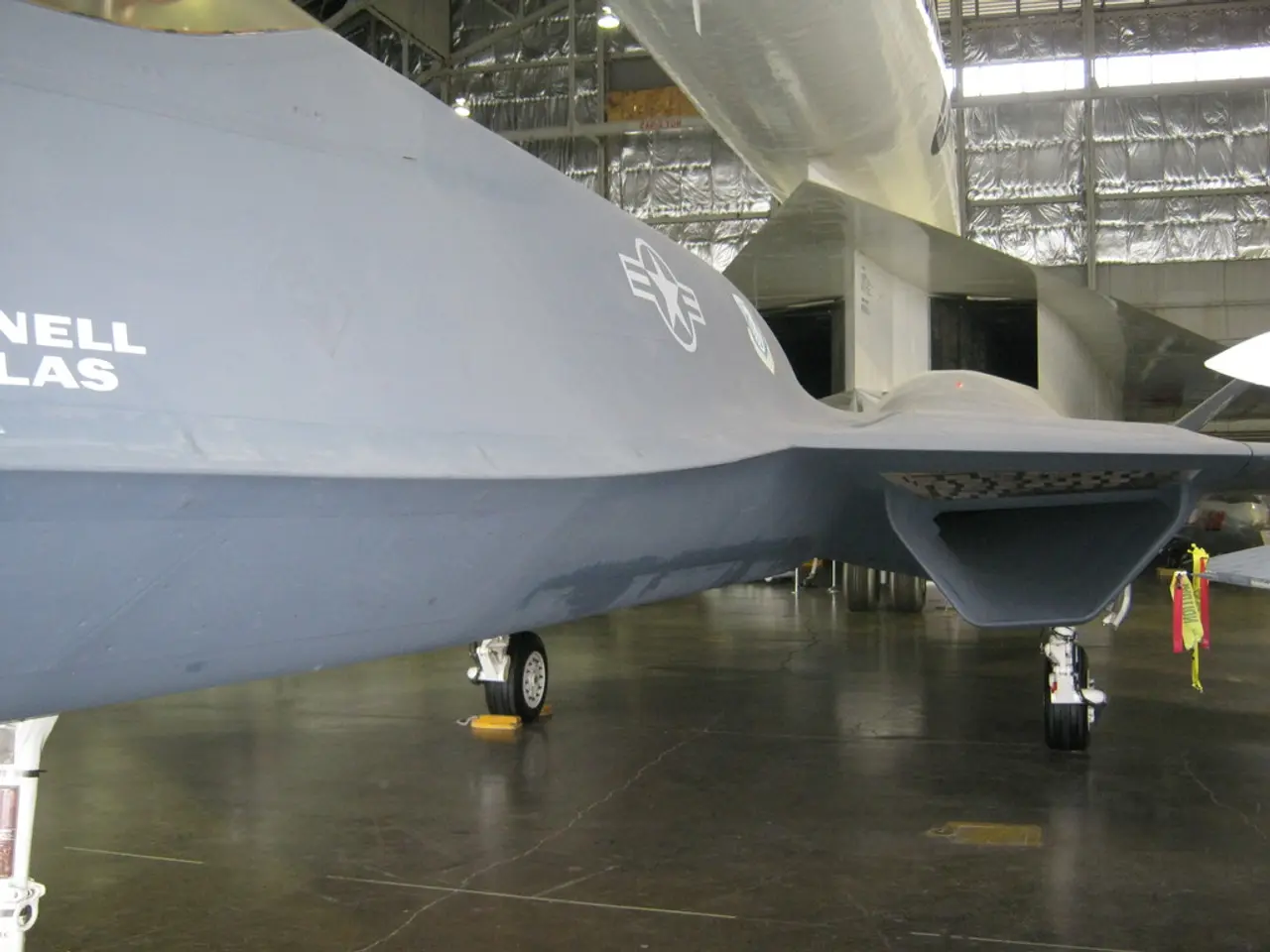Transformation of Aircraft Jacking in Cultural Perspective
In the realm of global aviation, the phenomenon of aircraft hijackings has left an indelible mark on history. The first wave of such incidents began with the onset of the Cold War in the late 1940s and early 1950s, marking a shift in the perception of air travel from a realm of risk-takers, freedom-lovers, and engineers, to a stage for political and media spectacles.
The peak of aircraft hijackings was reached in 1969, with 85 reported incidents worldwide. Choosing an airplane as a target seemed more than reasonable due to the enclosed spaces and the guaranteed maximum political and media attention for those who wished to spread a message or make demands on an international stage.
The "Landshut" hijacking in October 1977 is one such significant event, not only in aviation history but also in post-war German history. It marked the end of the "German Autumn." The flight captain of the aircraft "Landshut" was Jürgen Schumann.
The hijacking of airplanes became a recurring theme in the 1960s, with radical forces in the Middle East using airplane hijackings for maximum media attention and hostage-taking. Another wave of hijackings occurred in the context of the Polish Solidarność movement towards the end of the 1970s.
One unusual case that does not fit the described patterns is the D.B. Cooper incident, which occurred on November 23, 1971. An unidentified individual hijacked a passenger plane using the pseudonym D.B. Cooper and demanded a ransom of $200,000 and a parachute. D.B. Cooper jumped out of the rear staircase of a Boeing 727 during flight and was never found, with some of the ransom money found nearly a decade later.
The Tokyo Convention of 1969 was the first international agreement to combat air piracy. Many countries enacted national laws imposing heavy penalties for the dangerous disruption of air traffic. Motives for aircraft hijackings were diverse, ranging from fleeing crisis areas to terrorist motives, personal acts of revenge, and ransom demands.
The planned crash as a suicide attack, intended to maximize media attention and spread fear, was unprecedented in the history of aircraft hijackings. This unfortunate reality was tragically demonstrated on September 11, 2001, where four passenger planes were hijacked and deliberately crashed, killing all on board and many on the ground.
Airworld, Walter Kirn's concept, refers to the environment of flying, planes, and airports as a nation within a nation, with its own language, architecture, and atmosphere, even its own currency - frequent flyer miles. This parallel universe temporarily transports travelers, where they submit to full-body scans, buy high-percentage alcohol and expensive perfumes, and relinquish control of their movement to highly qualified pilots.
Airworld provides an excellent setting for spectacular images and reports as a backdrop of a permanent state of emergency. Many airplane hijackings have been the subject of games and documentary films produced for television or cinema, with numerous film adaptations of airplane hijackings.
A recent event that garnered significant attention involved a Ryanair flight from Athens to Vilnius that was intercepted by Belarusian fighter jets and forced to land in Minsk, resulting in the arrest of two passengers, Belarusian government-critical journalist Raman Pratasevich and his Russian girlfriend Sofia Sapega.
As we move forward, it is crucial to remember the lessons learned from the past, continually refining security measures to ensure the safety and peace of mind for all passengers and crew members in the skies above.








